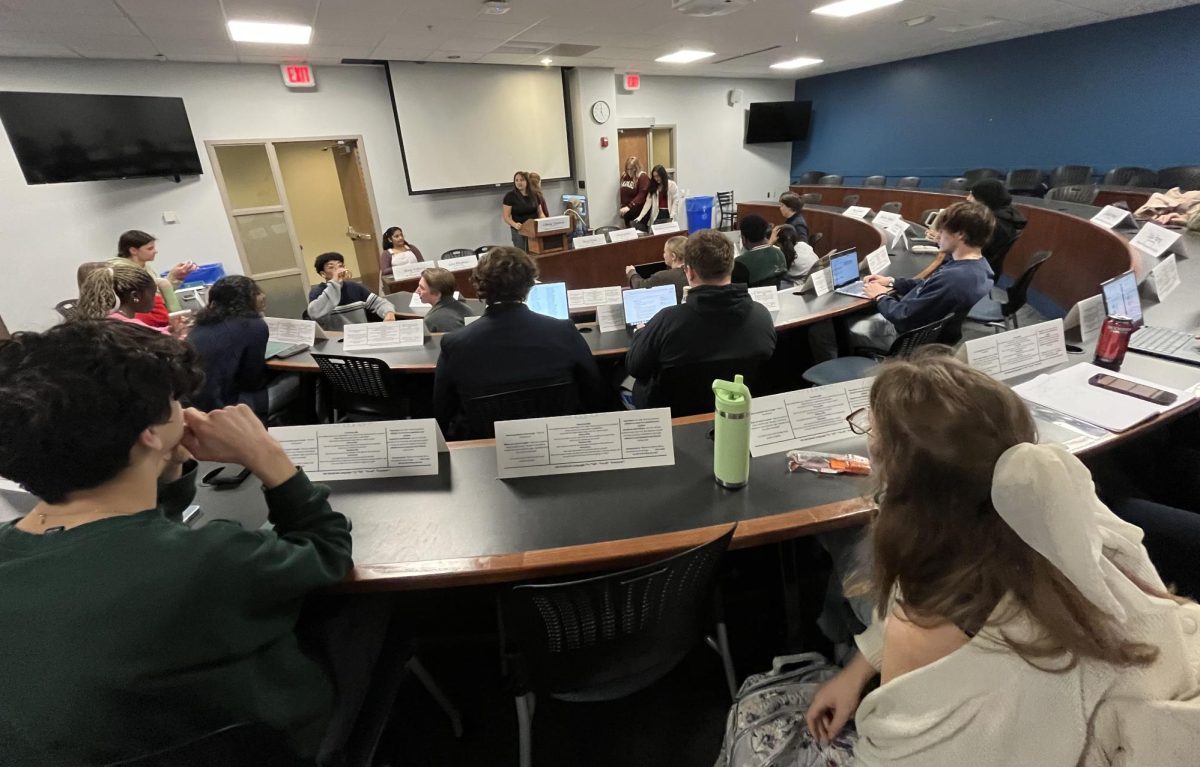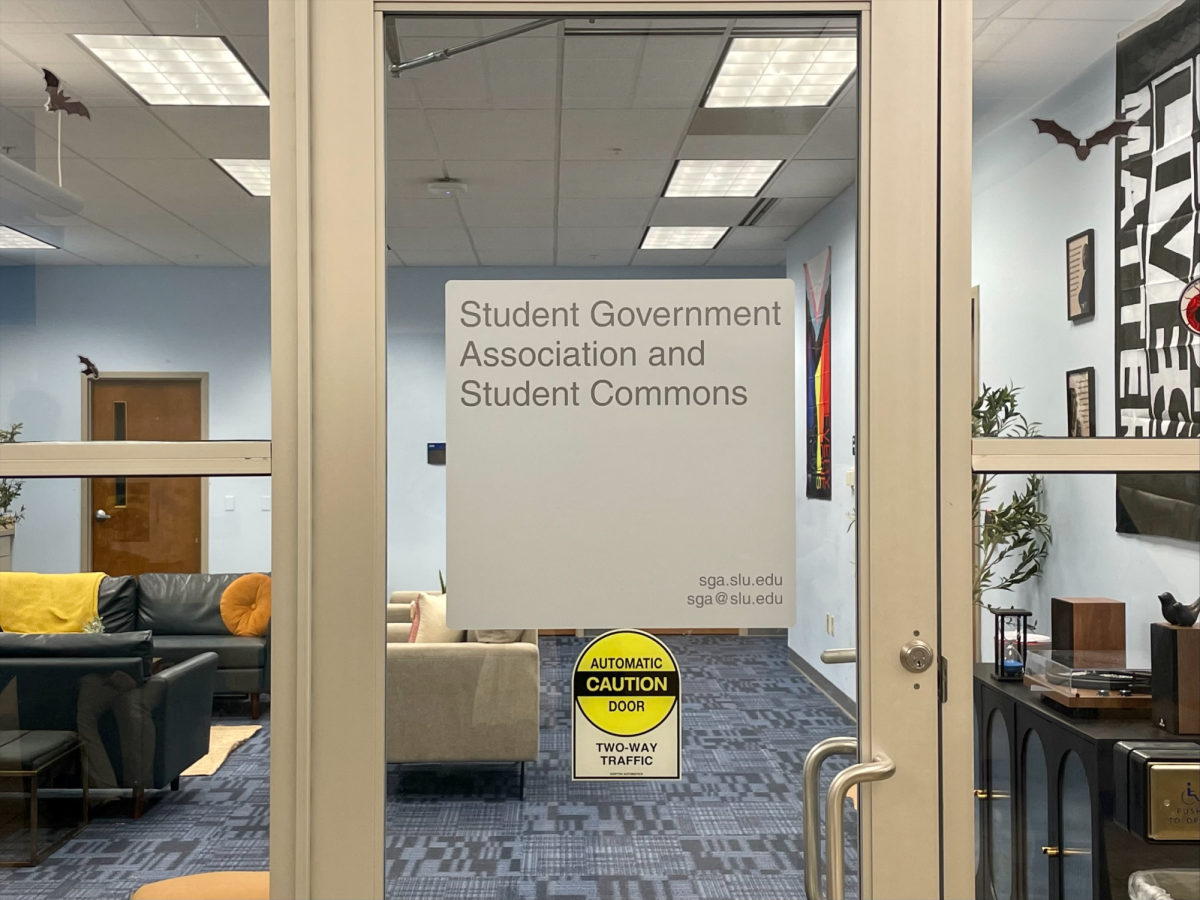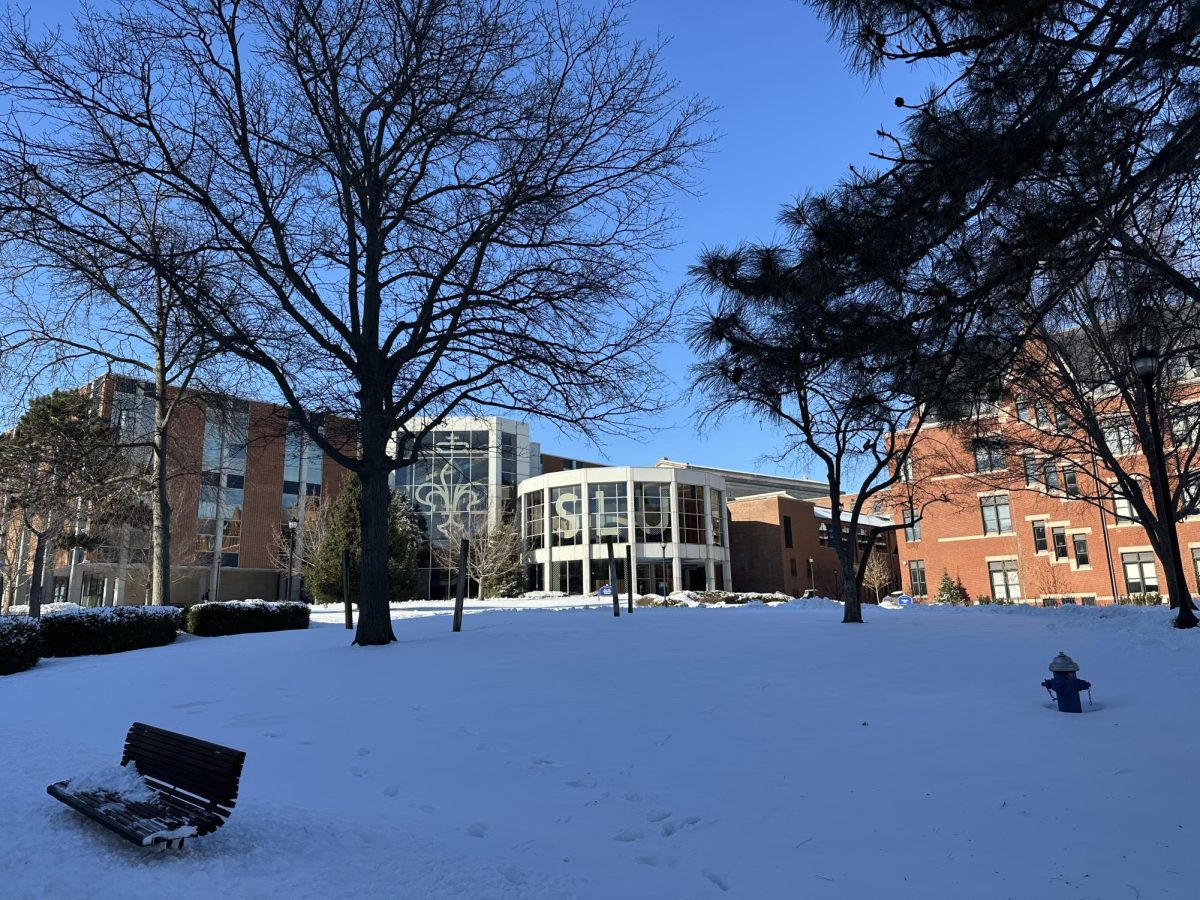Facebook, homework and snack foods are all things that seem inevitable for most college students these days. But after graduation the biggest inevitability those students face is debt.
“I will be $70,000 dollars in debt next year, it is going to take me 20 plus years to pay that off, and then I will be paying for my kids’ education,” senior Megan Jaeger said.
Education is important; this is a common saying students hear everyday. But the cost of that education is also expensive. Some students must take out a number of loans, while others question their ability to finish their degree at Saint Louis University.
“The current cost of tuition is too high for my family and I to pay right now, and I am taking out more loans than I think I can pay back,” said a SLU freshman who wished to remain anonymous to protect their financial privacy. “I may need to drop out of the University next semester if I can’t find a better way to finance my education.”
At SLU undergraduate tuition for the 2008-2009 school year is listed at $30,330, which does not include residential costs and other fees.
“I feel SLU is worth its expense, a diploma from the University will definitely give me an edge in my field,” said sophomore Nick Yuhas, a criminal justice major.
The University reports that the average aid given to students is around $19,000 in the form of scholarships and grants. With tuition, residence, books and other fees the cost of attendance is close to $41,000 for a full academic year.
Subtracting the average aid package from the ticket price leads to an average yearly cost of around $22,000. Students are finding ways of paying their balance with the help of family members or by taking out student loans.
Debt is becoming an issue for more students with the current economic state and the increasing costs of tuition.
“I think the economy is something that hits home for students, most of us have loans that are going to affect us sooner than we think,” senior Steve Della Camera said. Della Camera is president of the Great Issues Committee, which is bringing a speaker to discuss student debt on Monday.
Student Financial Services tries to inform students to budget their money and access their financial needs before taking out loans.
“We try to tell students [to] borrow as minimally as you can, borrow wisely to try to keep the cost down,” said Assistant Director of Student Financial Services Tim Hercules.
Most students take out the Stafford loan, Perkins loan, additional private loans or some combination of these to pay the increasing costs of tuition. These loans are usually low interest with repayments due six months after graduation. These loans help students get through college, but after college it is filled with a large debt of cost left over from those loans.
“I’m glad I can take out loans because they are helping me be here, but I feel worried about paying them back in ten years, especially if I don’t get a good job,” junior Toph Hampson said.
The University is trying to ease the financial burden of students by providing various scholarships and grants for them. Student Financial Services provides the financial aid packaging for students. Through a process called financial aid leveraging, the department looks at different factors when putting together an aid package.
Some of those factors include dollars available for aid, revenue goals, a student’s financial situation, academic record and information from the free application for federal student aid, or FAFSA.
“We try to make that commitment to a freshman student that unless your financial aid status changes, this is what your financial aid package will be for the next four years,” Director of Student Financial Services Cari Wickliffe said.
Financial Services is also trying to ease the burden of the students struggling to pay for the cost of tuition with their current aid packaging. In hiring a new scholarship coordinator, Julie Martin, this year the aid office has started collecting information on campus-wide scholarships.
“We have added to our staff a scholarship coordinator to audit all the scholarships being awarded on campus to provide a data base on these scholarships for students,” said Wickliffe.
With this new resource, students will be able to monitor the scholarships they are eligible for and apply for them. With more knowledge of scholarships available students can try to limit the amount they borrow.
With the economic situation and the increasing cost of tuition, prospective students are focusing more on the amount of loans they need. This high cost of attendance also makes SLU tougher for prospective students.
“Forty-thousand dollars a year is a really steep cost if you have little financial assistance,” prospective student DeAna Mirelli said.
On Monday financial expert Anya Kamenetz will be speaking on the topic of “Generation Debt.” She will be discussing what actions are necessary for young Americans to escape debt and to control their money successfully.
Kamenetz will emphasize the importance of financial literacy and responsibility, credit laws that protect young adults from excessive high-interest debt and the costs of higher education. She also wrote a regular column for The Village Voice entitled “Generation Debt: The New Economics of Being Young.” In 2006 she wrote her first book, Generation Debt.
The speech will begin at 7 p.m. in the Busch Student Center ballrooms.








